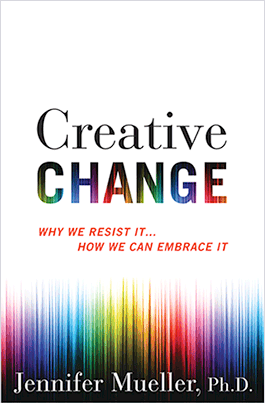Strategy: Innovation Strategy
UXmatters has published 4 articles on the topic Innovation Strategy.
Top 3 Trending Articles on Innovation Strategy
-
How IBM Is Embracing the Future Through Design
February 6, 2017No CommentsShifting trends are forcing technology companies to reimagine their value proposition. IBM has chosen to create disruption through design. In embracing the future, the company is essentially invoking its past. Back in 1956, IBM was the first large company to establish a corporate-wide design program. But this time, the company’s goals are more ambitious.
Recently, we interviewed Karel Vredenburg, Director of IBM Design’s worldwide client program and head of IBM Studios in Canada, who told us, “We’ve put everything into this transformation.” The company is investing more than $100 million in becoming design centered. Read More
-
Frugal UX: A Jugaad Approach to Research and Design
September 25, 2017In recent years, the Hindi word Jugaad has gained popularity as a synonym for frugal innovation—that is, the ability to do more with less. While the concept of Jugaad came out of developing nations such as India, the concept has garnered interest in the developed economies of the West. This trend has arguably occurred after a half century of relative wealth. Consider, for instance, the British wartime call to arms on the domestic front to “Make do and mend.” The idea of frugality is not simply about making things cheaply. Companies, particularly well-known Western brands, have hard-earned reputations they need to maintain. For these companies, frugality means staying true to their brand values while, at the same time, delivering additional value to the customer. They may accomplish this by
- reducing overconsumption and waste—Thus, a company can deliver environmental benefits as part of their corporate social responsibility.
- engaging with a broader range of users—This may mean delivering value in new markets or engaging with customers who the company had previously excluded from consideration by virtue of their age or disability.
- making their product-design, development, and production processes more decentralized and flexible—This helps the company respond more quickly to market trends and opportunities—functioning like a fleet of speedboats rather than a single supertanker. Read More
-
Book Review: Creative Change
July 24, 2017 If you, like most UX professionals, have worked within organizations that seem to respond to User Experience in much the same way that the human body responds to a virus and want to understand why that happens, you should read Creative Change: Why We Resist It… How We Can Embrace It, by Jennifer Mueller, PhD. If you want to understand why organizations struggle with innovation, you should read this book.
If you, like most UX professionals, have worked within organizations that seem to respond to User Experience in much the same way that the human body responds to a virus and want to understand why that happens, you should read Creative Change: Why We Resist It… How We Can Embrace It, by Jennifer Mueller, PhD. If you want to understand why organizations struggle with innovation, you should read this book. Creative Change is a great book about creativity within organizations that is grounded in solid research. Mueller has been studying creativity for almost twenty years, and her research has revealed that, even though many business leaders lament a lack of creativity and innovation within their organizations, they commonly reject creative, innovative ideas. They tend to be biased against and fail to recognize the value of creative leadership as well, believing that creative leaders lack business acumen. This does not bode well for UX leaders.
Occasionally, among the many books I read, I discover a book whose ideas are so transformative that I feel impelled to share them with UXmatters readers. This is one of those rare books. Read More